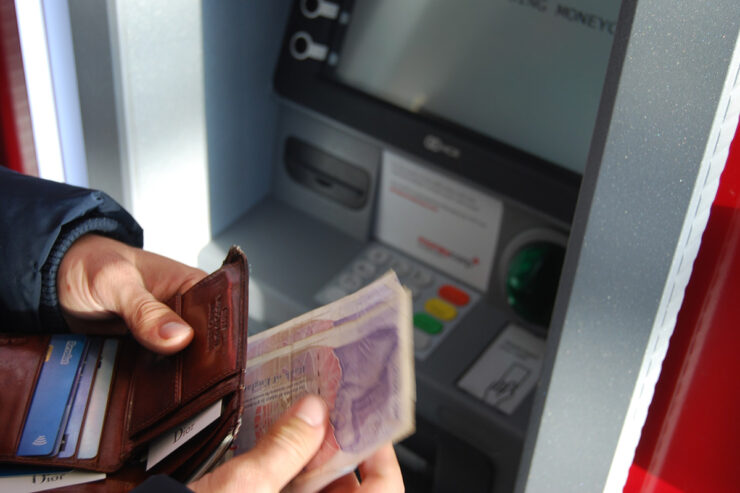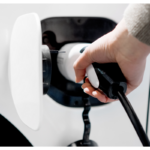The threat of fraudsters to your personal and financial data is an ever-increasing concern. As schemes become more complicated and cyber thieves become more crafty, you must be astute to counter the risks.
There is seldom a week that goes by without a headline about a data security breach or a household name exposing your personal data. Generally as a result of technological incompetence or bad security procedures.
Our financial activities are increasingly being performed online, exposing personal and financial data for hackers to possibly steal and use. But we frequently procrastinate adopting simple precautions, despite the fact that the repercussions may be severe, both personally and financially.
 If your bank provides it, enable two-factor authentication.
If your bank provides it, enable two-factor authentication.
When it comes to securing your online banking information, two-factor or multi-factor authentication can help you raise your security game.
In a word, it enables you to add a second degree of security verification while accessing your online or mobile banking account. You must first enter your login name and password, followed by a second security test.
For example, you may be required to input a unique code, confirm your account via an automated phone call, or identify a pre-selected image. This can make it more difficult for a hacker or identity thief to gain access to your account.
Inquire with your bank to see if multi-factor authentication is available. If so, you may just need to download a free authenticator.
Keep an eye out for Phishing Scams
Hackers and fraudsters employ a variety of methods and tactics to steal your personal information and, eventually, your money. Here are some of the most prevalent forms of scams to avoid:
Scams involving e-mail
These scams include criminals gaining access to personal information via bogus emails, websites, and text messages that look to be from reputable organizations.
Scams involving bank account deposits
Email scams ask you to utilize your bank account to transfer a big sum of money in exchange for a charge.
Scams using cold calling
You will receive a phone call from a fraudster claiming to be from your bank. The caller will pretend that your account has been compromised and will request your information, stating that they would move your funds to a new, secure bank account.
Avoid using public Wi-Fi.
When you need to stay connected while on the road, public Wi-Fi is convenient, but it is not secure. According to Norton, the following are some of the most serious security threats offered by public Wi-Fi:
- Man-in-the-middle attacks, in which hackers electronically “eavesdrop” on your online banking and other activities Data transfers across unencrypted networks
- nefarious hotspots
- Spyware and malware
- The easiest approach to secure your online banking information when using public Wi-Fi is to just avoid using it.
If you must use the internet to access online banking while in a public area, there are a few precautions you may take. Disabling public file sharing and adhering to encrypted sites are two examples. Looking for “https” in the site’s URL, which also activates the lock icon to the left of the URL in your browser, is a simple method to check for encryption. The firewall on your laptop or mobile device may automatically identify sites that are judged dangerous for you.
You might also try establishing a virtual private network, or VPN. This establishes a private network that only you have access to.
Register for Banking Alerts
Financial alerts and notifications are some of the most convenient methods to keep track of your banking activities and security. You may be able to enroll in email or SMS alerts to receive updates depending on how your bank operates.
Notifications for new credit and debit transactions, unsuccessful login alerts, password change alerts, and outbound wire transfer alerts are examples of alerts you may wish to set up. For example, if an identity thief tries to log in to your account, you will be alerted immediately.
Takeaway
Online banking offers you power over your financial life at the press of a button, but there are security dangers, as with everything else online. This should not prevent you from utilizing online and mobile banking, but it does need you to be cautious in your approach. That is when the steps mentioned here might come in handy.
If you haven’t already, install firewall security on your laptop or mobile device. Lock your laptop with a password and use face recognition or fingerprint locking on your phone. Finally, by being proactive in addressing security threats, you may reduce the likelihood of your bank account information falling into the wrong hands.







